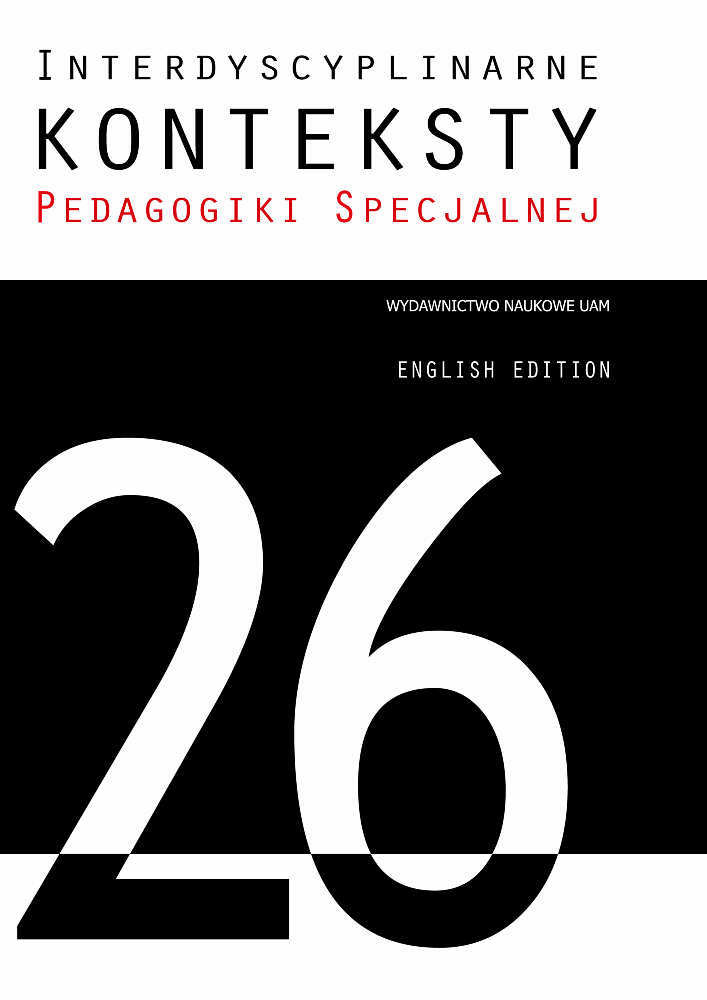Abstract
In the XXIst century, there is a debate whether an architect should practise freehand drawing. This article covers statements about both advantages and drawbacks concerning this activity. Firstly, sketching remains an universal and timeless medium in cognitive development for artists, due to its engagement with various types of deep concentration at once, such as: practical, theoretical, aesthetic or scientific attention focus. What is more, through the medium of freehand drawing from nature, an architect is introduced to experience natural and build environment, by both reason and physical presence in a setting. In addition to this, there is a strong resemblance of methods within cognitive and creative process of an architectural design. On the other hand, the concepts of artistic freedom and genius, which appeared in XXth century, seem to strongly support the idea, that there is a little or no purpose of learning, development, and practise for an artist. Apart from that, recently there happen to be a common belief that manual methods lose their importance in an era of super fast and precise technology or hyper-realistic visualizations and simulations. Freehand drawing fails to reach the standards of the temporary definition of an ideal. If other qualities of manual techniques remain unrecognised, such methods could be abandoned, lose popularity and recognition. These and other controversies
concerning freehand drawing are presented and discussed In conclusion, to show XXth and XXIst century’s approach towards this problem several architectural studios and their methods are introduced. Among many others there are modern architects: Peter Zumthor, Le Corbusier, Louis Kahn, Alvar Aalto
and Frank Gehry, that provide numerous examples of drawings, paintings, studies and sketches from nature. Moreover they emphasize the crucial role of manual techniques within architectural design too. To summarise there is a quotation from Alvar Aalto with a remark about this topic: It is not through simple sketches and superficial similarities that they [painting, sculpture, architecture] influence each other, but through “materia”: an intellectual analysis of the chosen material.
References
Aalto A., Synopsis Painting, Sculpture, Architecture, Birkhauser, Basel 1980.
Burke P., Społeczna historia wiedzy, Warszawa 2016.
Czerni K., Jerzy Nowosielski, Sztuka po końcu świata Rozmowy, Znak, Kraków
Freeland C., Art Theory: A Very Short Introduction, Oxford Univ. Press, Oxford
Gombrich E., O sztuce, Arkady, Poznań 2016.
Jeanneret-Gris C.E., W stronę architektury, Fundacja Centrum Architektury,
Warszawa 2012.
McCarter R., Louis Kahn, Phaidon, London 2005.
Pallasma J., Myśląca dłoń, Instytut Architektury, Kraków 2015.
Pallasmaa J., Oczy skóry, Instytut Architektury, Kraków 2012.
Shusterman R., Myślenie ciała. Eseje z zakresu somaestetyki, Książka i Prasa, Warszawa
Tatarkiewicz W., Dzieje sześciu pojęć, PWN, Warszawa 2012.
Tatarkiewicz W., Estetyka Nowożytna, Ossolineum, Wrocław 1967.
Tatarkiewicz W., O filozofii i sztuce, PWN, Warszawa 1986.
Witruwiusz, O Architekturze Ksiąg Dziesięć, PWN, Warszawa 1956.
Zumthor P., Atmospheres, Birkhauser, Basel 2006.
Zumthor P., Myślenie Architekturą, Karakter, Kraków 2010.
Vollard A., Słuchając Cezanne’a, Degasa i Renoira, PIW, Warszawa 1962.
